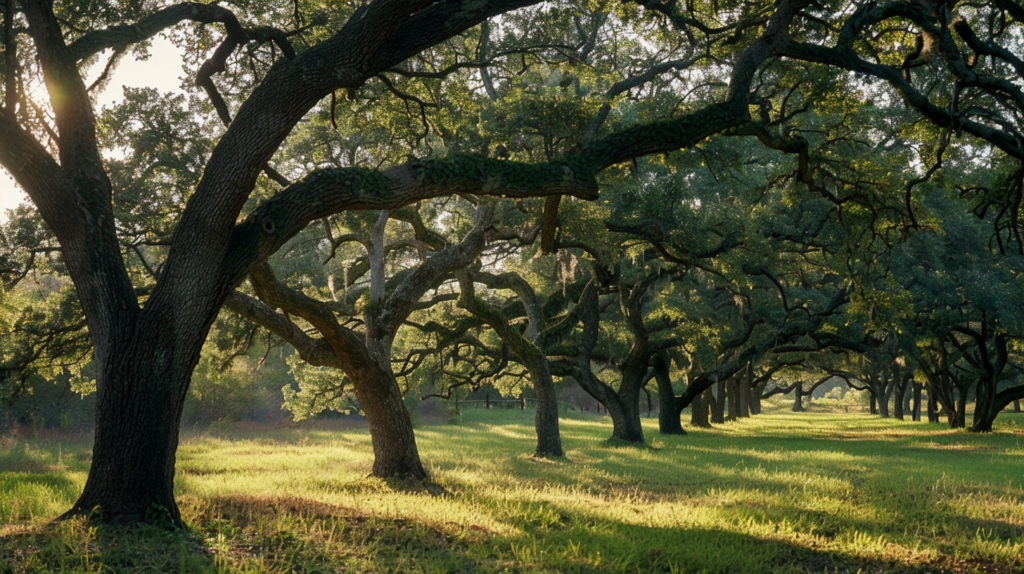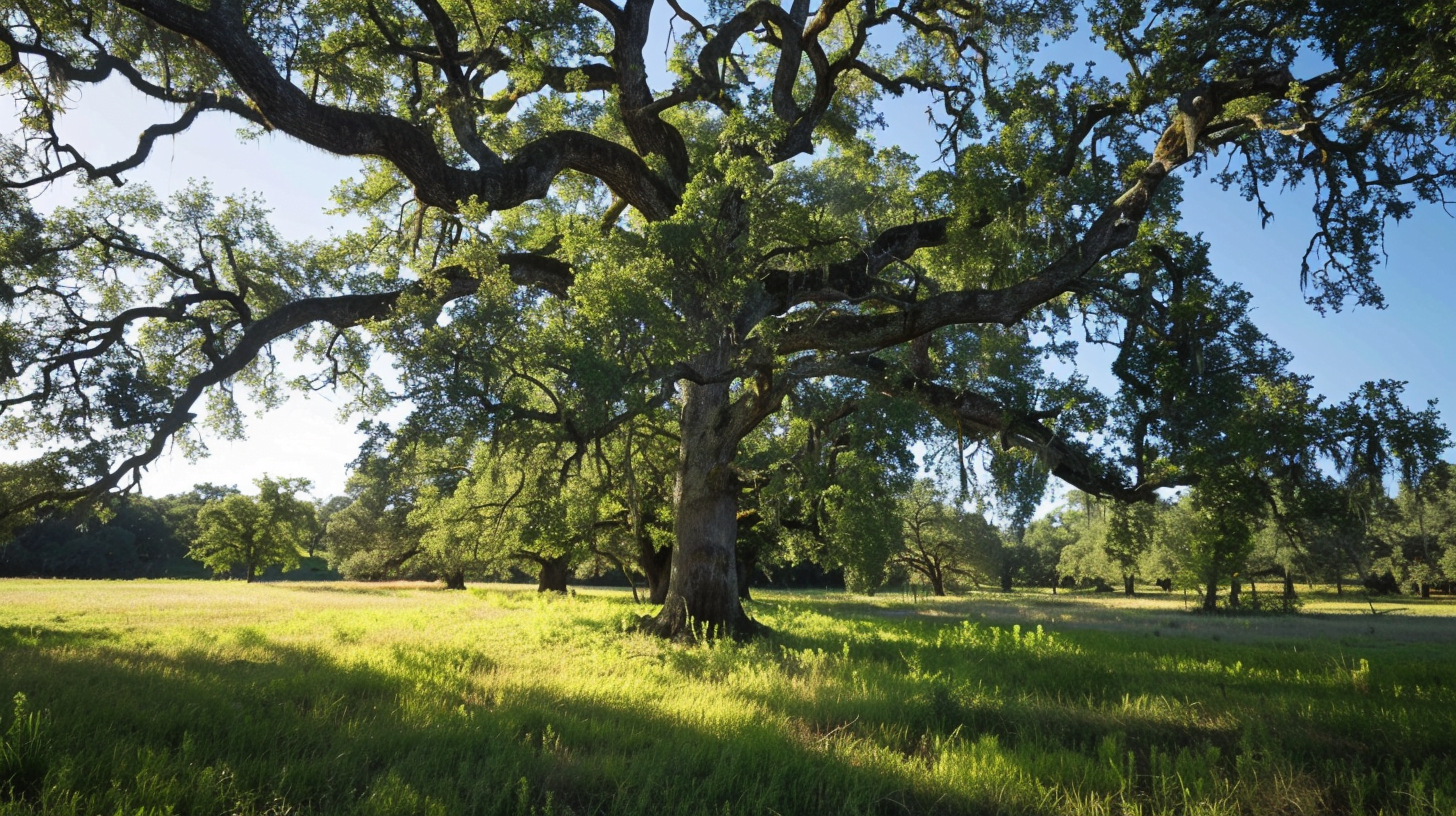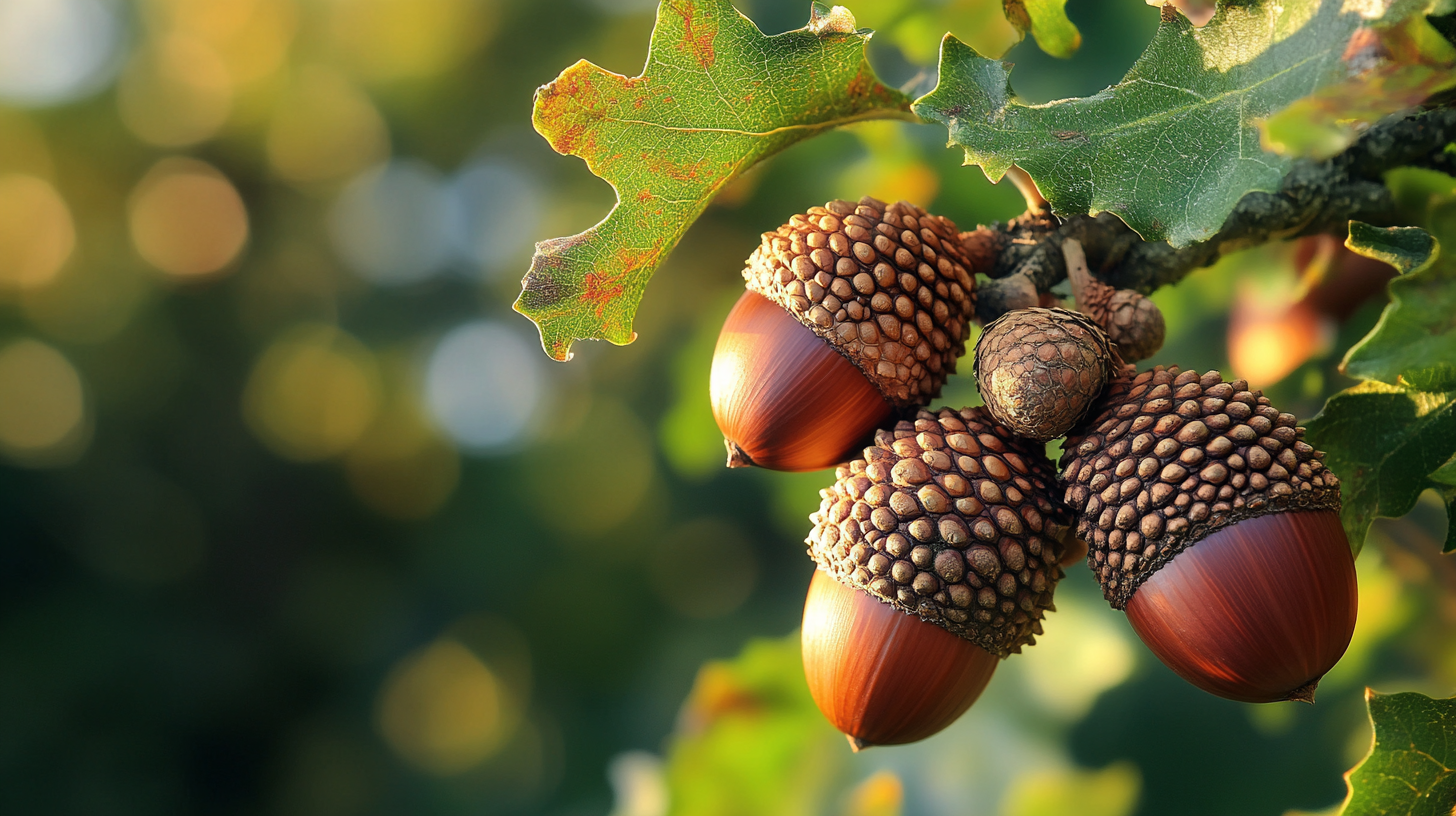Table of Contents
Oak trees have been a cornerstone of ecosystems and human societies for centuries, providing shade, food, and habitat for countless species. However, with the increasing threats of habitat loss, disease, and climate change, the question on many minds is: Are Oak Trees Protected? In this article, we’ll delve into the importance of oak trees, the legal protections in place, the threats they face, and what we can do to help conserve these magnificent trees.
Why Are Oak Trees Important?
Oak trees are keystone species, playing a crucial role in maintaining the balance of ecosystems. They provide food and shelter for a vast array of wildlife, from birds and squirrels to insects and microorganisms. A single oak tree can support over 300 species of insects alone, making them a vital component of biodiversity. Oak trees also have significant cultural and historical importance, featuring prominently in mythology, folklore, and art throughout history. From the mighty oak of Zeus in Greek mythology to the iconic oak tree in American folklore, these trees have been revered for their strength and longevity.
Ecological Role of Oak Trees
| Ecosystem Service | Description |
|---|---|
| Habitat Provision | Oak trees provide food, shelter, and breeding grounds for numerous species. |
| Soil Erosion Prevention | Oak tree roots hold soil in place, preventing erosion and landslides. |
| Climate Regulation | Oak trees absorb carbon dioxide and produce oxygen, helping to regulate the climate. |
| Water Cycle Regulation | Oak trees play a crucial role in maintaining healthy water cycles, preventing flooding and drought. |
Cultural and Historical Significance of Oak Trees
Oak trees have been a part of human culture for thousands of years, featuring in:
- Mythology and Folklore: Oak trees are often associated with strength, wisdom, and longevity in mythology and folklore.
- Traditional Crafts: Oak wood is highly prized for its durability and beauty, used in traditional crafts like woodworking and barrel-making.
- Art and Literature: Oak trees have been a popular subject in art and literature, symbolizing power, wisdom, and endurance.
Legal Protections for Oak Trees
While oak trees are not universally protected, various laws and regulations are in place to conserve and manage these valuable resources.
Federal Protections in the United States
- Endangered Species Act (ESA): The ESA protects endangered and threatened species, including some oak tree species.
- U.S. Forest Service: The U.S. Forest Service manages national forests, including those with oak tree populations, to ensure their long-term health and sustainability.
State and Local Protections
- State-Specific Laws: Many states have laws and regulations protecting oak trees, such as the California Oak Woodlands Conservation Act.
- Local Ordinances and Zoning Laws: Municipalities often have ordinances and zoning laws in place to safeguard oak trees, preventing unnecessary removal or damage.
Threats to Oak Tree Populations
Despite their importance, oak trees face numerous threats to their survival.
Habitat Loss and Fragmentation
- Urbanization: The expansion of urban areas leads to the destruction of oak habitats, fragmenting populations and reducing genetic diversity.
- Agriculture and Infrastructure Development: The conversion of oak habitats to agricultural land or infrastructure development further fragments and destroys oak populations.
Disease and Pests
- Oak Wilt: A fungal disease that can kill oak trees, oak wilt is a significant threat to oak populations.
- Sudden Oak Death: A bacterial disease that can kill oak trees, sudden oak death is a growing concern in many regions.
- Emerald Ash Borer: While primarily affecting ash trees, the emerald ash borer can also impact oak trees, further stressing already vulnerable populations.
Climate Change and Oak Trees
Climate change poses a significant threat to oak tree populations, affecting:
- Growth and Survival: Warmer temperatures and changing precipitation patterns can alter oak tree growth and survival rates.
- Distribution and Migration: Climate change can alter the distribution and migration patterns of oak trees, leading to the loss of genetic diversity.
Conservation Efforts
Conservation efforts are underway to protect and restore oak tree populations.
Reforestation and Afforestation Initiatives
- National and International Efforts: Organizations like the Arbor Day Foundation and the International Union for Conservation of Nature (IUCN) are working to plant and restore oak forests.
- Sustainable Forestry Practices: Adopting sustainable forestry practices, such as selective logging and reforestation, can help maintain healthy oak tree populations.
Protection of Old-Growth Oak Forests
- Significance of Old-Growth Oak Forests: These forests provide unique ecosystems, supporting a wide range of biodiversity.
- Preservation and Protection Efforts: Conservation organizations and governments are working to preserve and protect old-growth oak forests, recognizing their importance in maintaining ecosystem health.

What Can You Do to Help Protect Oak Trees?
Individuals can make a significant impact in oak tree conservation efforts.
Planting and Caring for Oak Trees
- Choose the Right Species: Select oak tree species suitable for your region and climate.
- Proper Tree Care: Regularly water, prune, and fertilize your oak tree to ensure its health and longevity.
Supporting Conservation Organizations
- Donate to Conservation Organizations: Organizations like the National Forest Foundation and the Oak Tree Foundation work to protect and restore oak tree populations.
- Volunteer for Conservation Efforts: Participate in local conservation efforts, such as tree planting and habitat restoration.
Conclusion
Oak trees are a vital component of ecosystems and human societies, providing numerous ecological and cultural benefits. While they face significant threats, conservation efforts are underway to protect and restore oak tree populations. By understanding the importance of oak trees and the legal protections in place, we can work together to ensure the long-term survival of these magnificent trees. Are Oak Trees Protected? The answer is a resounding “yes,” but it’s up to us to continue and expand these efforts to safeguard the future of oak trees.




